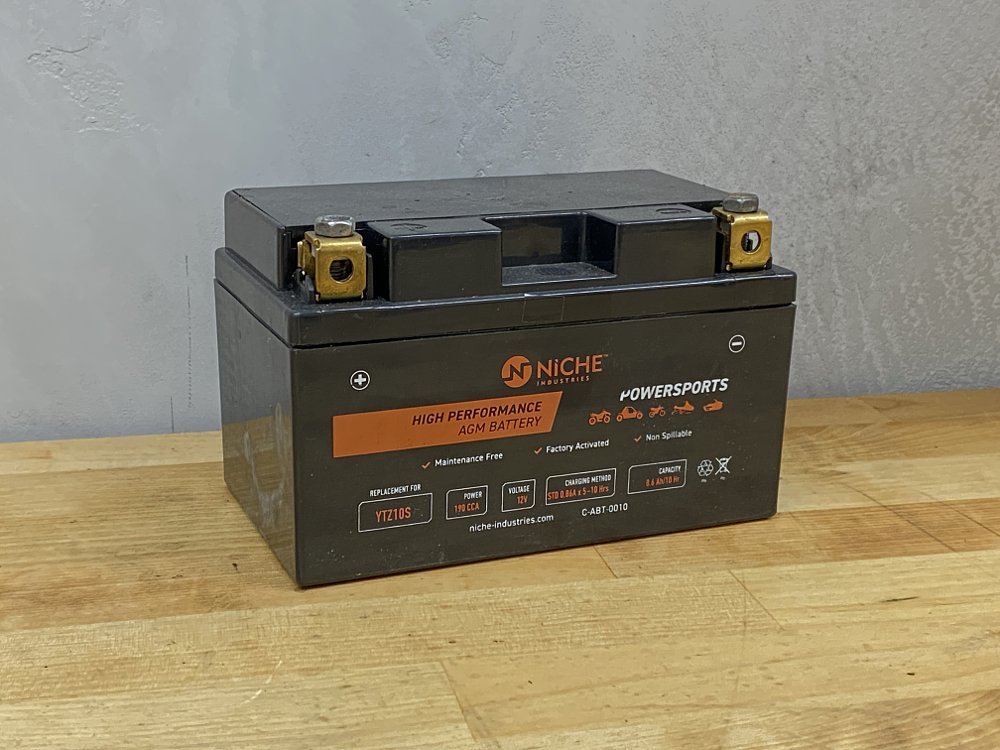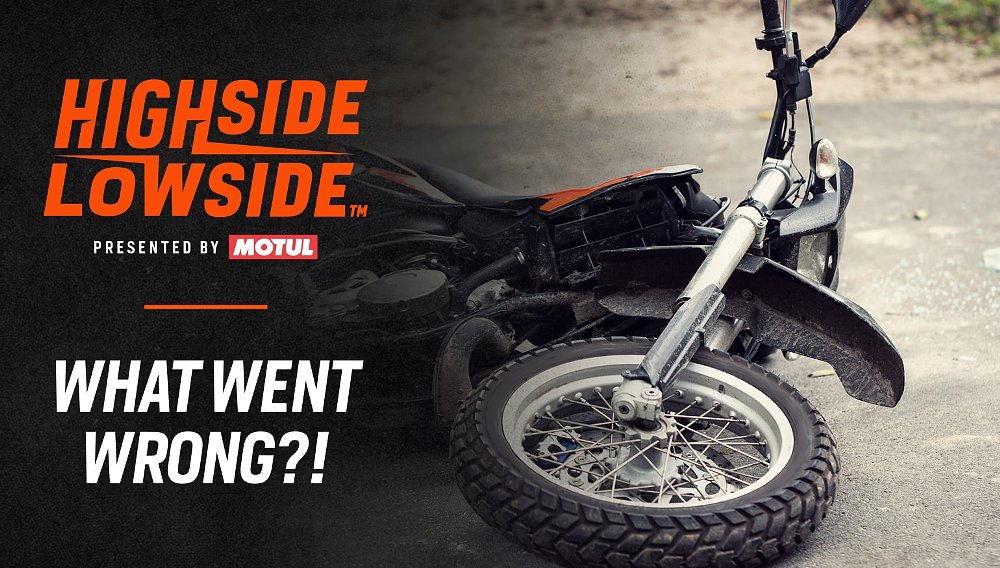Countless hours and immeasurable effort are spent designing and refining our motorcycles to ensure they operate reliably. Even so, there are instances — whether due to wear and tear, freak failures, accidents, or even allergies — when something goes wrong that leaves you scratching your head. That’s where this installment of answers comes in.
I’m having issues with my battery. I put a new one in and after a few miles it looked inflated. Went back and got it warrantied for another one, but it did the same thing. Any idea what’s happening? — @rcardo_l
Batteries usually swell when they’re overcharged, so I’d wager your bike’s regulator, which controls the current flowing out of your bike’s charging system, has gone haywire. You can check the regulator’s output by putting a voltmeter across the battery terminals and observing the reading with the engine turning about 3,000 rpm. It should show between 13.5 and 14.5 volts. Anything outside of that means the regulator is malfunctioning, and as is the case with many electronic components, the only recourse is to replace it.
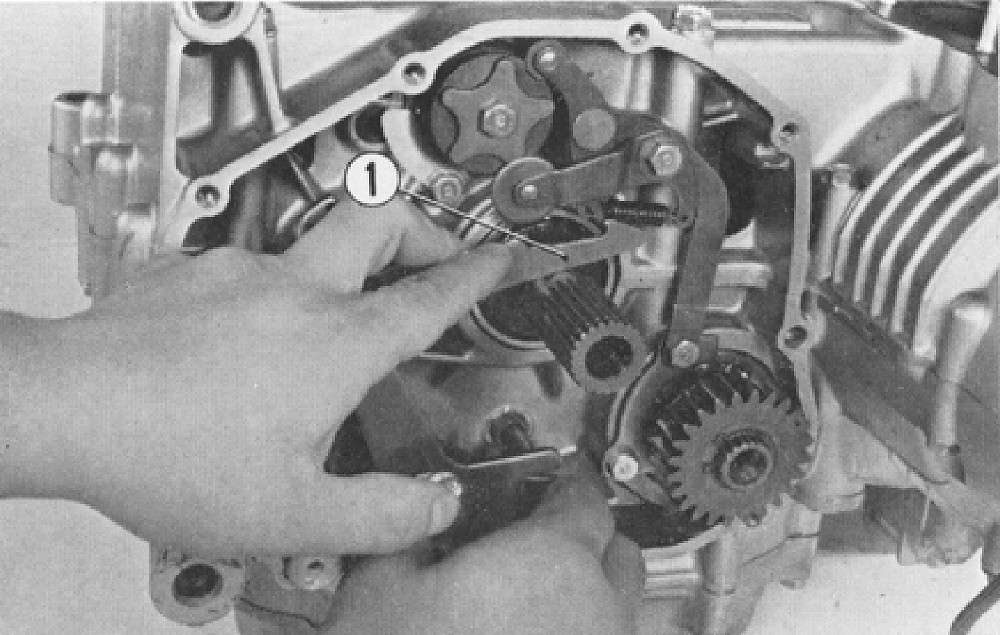
Shifting has become difficult on my 1972 Honda CB500. Neutral is almost impossible to find, and sometimes the shifter will get stuck in the up position. What could be the issue? — @m.berlinger
Normally when someone is having shifting problems the first thing I recommend is verifying the clutch cable slack, but since your shift lever is getting stuck that suggests an issue with internal components.
Luckily, you don’t have to go too far into your 500 Four’s engine to inspect them. If you pop the clutch (right) cover off and remove the clutch (four bolts and a circlip), you’ll see the scene pictured above. Most bikes, even modern ones, use a similar arrangement, and often you can view the parts without removing the clutch assembly.
Check the condition of the gearshift arm and spring and detent-arm rollers and tension spring, and verify that none of the pivot bolts have backed out. The shift star that the gearshift arm acts on may also be worn and causing problems. If you can get someone to work the shift pedal up and down while you watch everything move, I expect the problem will present itself. In my experience a broken spring or loose pivot bolt are usually the culprit.
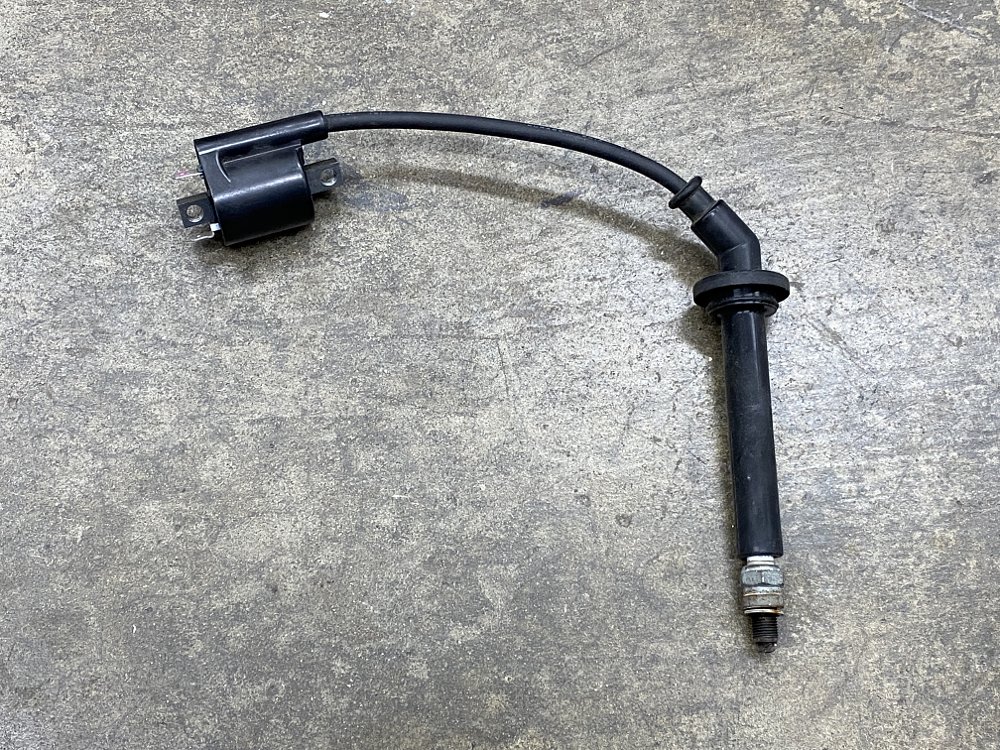
If my bike is wet it doesn’t want to start. I replaced the spark plug and it runs fine but if it gets wet it won’t start again. — @joel_orquin
The spark plug is a helpful clue, though I don’t think it’s the plug itself that’s the problem, but rather something upstream in the ignition system. Your ignition coil(s) are putting out somewhere in the neighborhood of 15,000-20,000 volts, so the plug cap and wires are very well insulated. If that insulation is cracked or damaged, or if there’s a loose connection at any junction along the way, then water could be allowing the voltage to short to the engine or chassis rather than forcing an arc across the plug electrodes.
Give the ignition coil, high-tension wire, and spark plug boot a close look. Any tears, nicks, or cracks warrant component replacement, and if the connection between the boot, wire, and coil is loose, that could also be a problem.
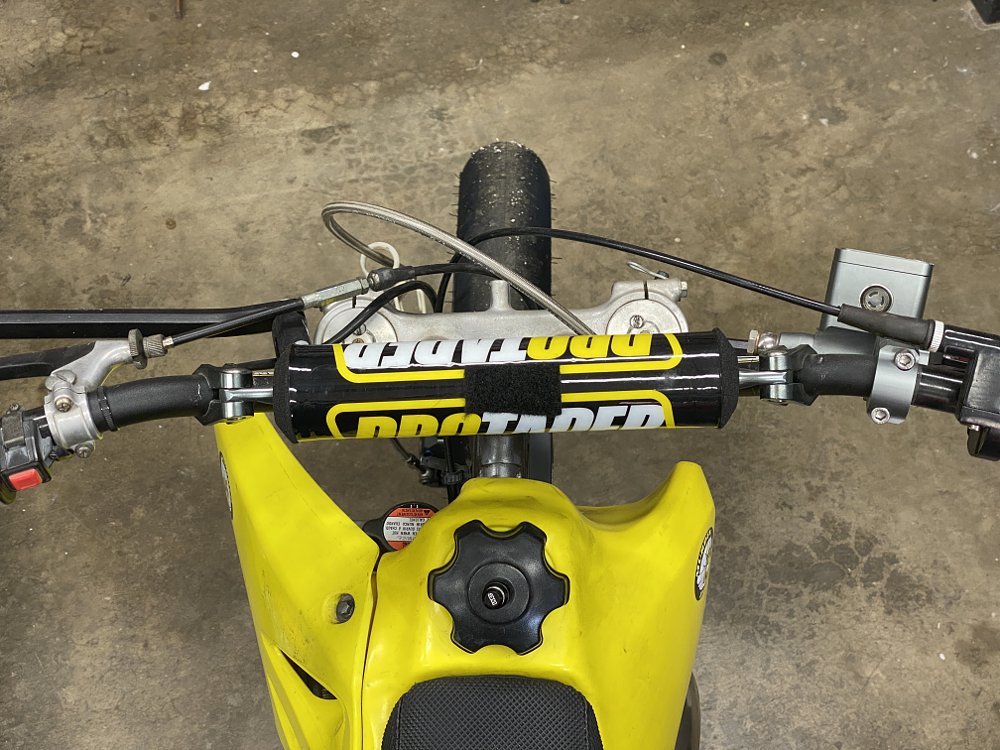
I have a DR-Z400 SM with crooked handlebars. I tried to realign it by pushing down on the fork after loosening the axle pinch bolts and lower triple pinch bolts, but no luck. Anything else I should try before taking it to the mechanic? — @marcosero
You’re on the right track with loosening front-end pinch bolts, you just didn’t loosen enough of them. In addition to the axle and lower triple clamp, you’ll also want to loosen the upper triple clamp bolts. I usually loosen the lower ones completely and then leave the upper bolts fairly snug to keep the fork tubes from sliding up. If the fork tubes ride up in the triple clamp, it’s going to be very difficult to push them back down without the help of a front stand that supports the bike via the headstock.
With everything loose, put the front wheel in a chock, pinch it between your knees, or place the sidewall of the tire against a door frame and then grasp the bars and twist the front end back into alignment. It might take a few tries, and I’ll usually stand back to view the bike from the front and also stand on the pegs to view the front wheel from above to verify that everything is back in line.
Keep in mind that your DR-Z (as well as plenty of other bikes with handlebars) use vibration-isolating rubber bushings at the base of the handlebar stalks. The stalks can get twisted or bent in the bushings, so make sure everything is straight there before torqueing on your fork. If you turn the handlebar against the steering stop it’s easy to twist the stalks straight.
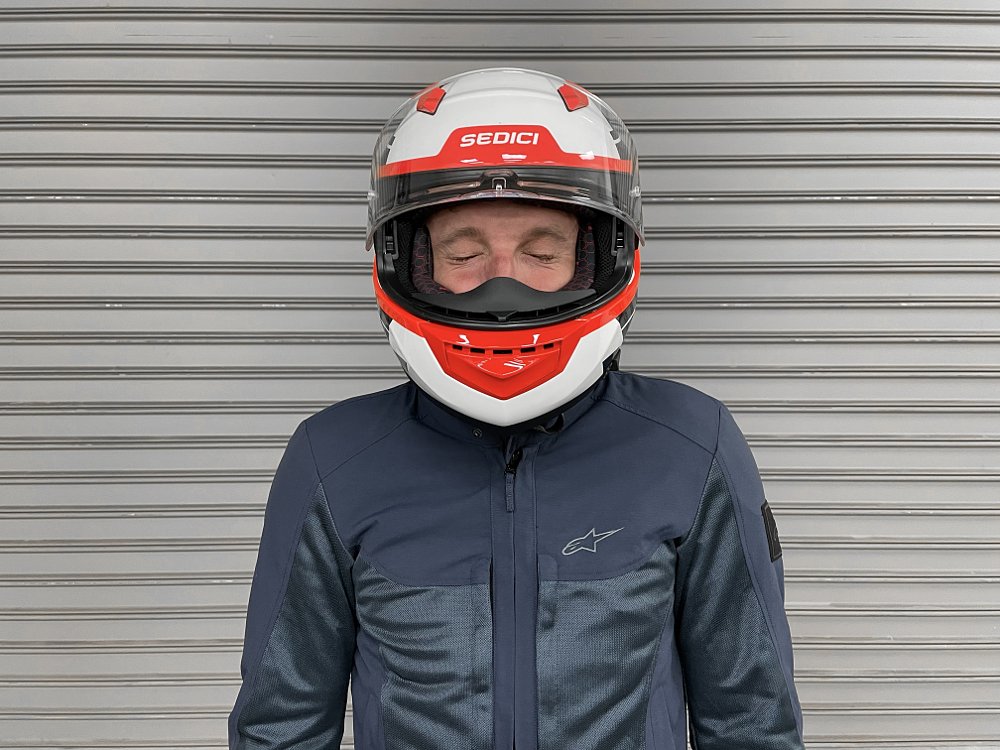
This question is silly, but it still spooks me. What if I sneeze while riding? Should I pull over if I can anticipate the sneeze, open my visor and sneeze away, or is it no big deal? — @hugotroito
The fact that your body instinctively slaps your lids closed when you sneeze is definitely a problem when you’re riding (or driving), because at 70 mph a one-second sneeze means you’ve traveled 100 feet with your eyes closed.
Your suggestion of pulling over is definitely the safest option, but not necessarily practical, especially if your sneezes sneak up on you the way mine do.
Honestly, I’ve never given much thought to sneezing while riding. If I’m traveling slowly I’ll flip my visor open, turn my head, and fire away, or if I’m at speed I’ll place my hand over my mouth to keep the inside of the visor from getting splattered. Taking a hand off the bar makes that momentary blindness even more risky, but in all my years I’ve never had a sneeze put me off line in a corner or too close to someone’s bumper in traffic. I like to think that by being aware of our surroundings and maintaining adequate following distance, we reduce to a minimum the unavoidable risk associated with sneezing while riding.





